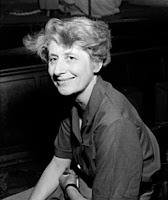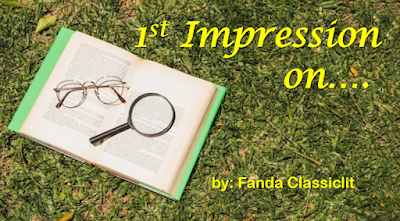Now I am on my way to re-reading all her novels, and starting next year will also read and review all her short stories as stand alone works (not in collections or omnibuses). In short, I might keep reading Christie perpetually during the rest of my life!
Confession: I don't really like Sherlock Holmes. He's too dull for my liking. But when Laurie R. King wrote about Holmes from the point of view of Mary Russell - Holmes' apprentice then wife - I actually kinda like him! Maybe Doyle's Holmes is just to masculine. He needs a feminine touch!
I have read about five or six from King's Mary Russell and Sherlock Holmes series, and intend to read more.
Amateur sleuth and cozy mystery are one perfect combination. Osman's sleuths are extraordinary, four elderly who live in the same retirement community. Unexpected, funny, and sometimes touching. I've read the first of the series: The Thursday Murder Club, and can't wait to read the next book!
Another unlikely amateur sleuths in a cozy mystery series from Robin Stevens. It's actually a children (teenager) murder mystery. The sleuths are two schoolgirls in 1930s England. Very refreshing! I've read only the Christmas edition: Mistletoe Murder, but intend to start over from the first book.
OK, one more cozy mystery won't hurt. Barron has impressed me last year with an unusual combo of murder mystery and a famous author. Jane Austen turns sleuth! My first introduction to the Being Jane Austen Mystery series was also the Christmas edition: Jane and the Twelve Days of Christmas, and loved it. Can't wait to return to that charming universe!
The only book from Chesterton I've ever read is The Innocence of Father Brown in 2018. Another of unlikely amateur sleuth, a Catholic pastor! I rather missed him, though I've wished Chesterton had written at least one novel of Father Brown, instead of 53 short stories. But well...
The next three authors are those whose books I've never read, but curious enough to try some day.
Found a favorite authors of yours? Any other crime authors you like that you'd recommend?















.jpeg)

.jpeg)
.jpeg)


















.jpeg)












